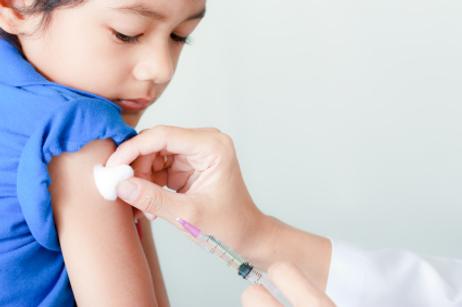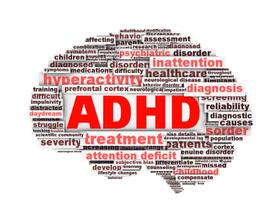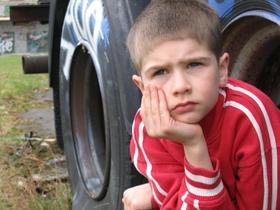"Coming together is a beginning.
Keeping together is progress.
Working together is success."
- Henry Ford
What is your vision for the school year? Is academic achievement at the top of the list or will this be the year your child breaks out of his social shell? Will your family grow closer or more distant as they face the challenges of another school year? Who will guide your child’s development?
A vision defines a direction towards a goal. Realizing a vision requires support from a motivated group of individuals; a team of people, who band together through adversity, acknowledge achievements and inspire motivation.
This video offers some tips for a successful school year.
Who’s on your team?
According to the United States Census Bureau, today’s generation of school-age children spends the majority of their waking hours in the care of someone other than their parents. Given the influence that teachers, coaches, mentors, and extended family members have on a child’s development the necessity for building a relationship with this group of people has never been greater. Creating a team of focused and motivated individuals who will continually support the ongoing growth of your child requires a new set of parenting skills.
5 Steps to Building Your Support Team
- Create a roster. Who will impact your child’s life this year? Begin by creating a list of the adults who





































